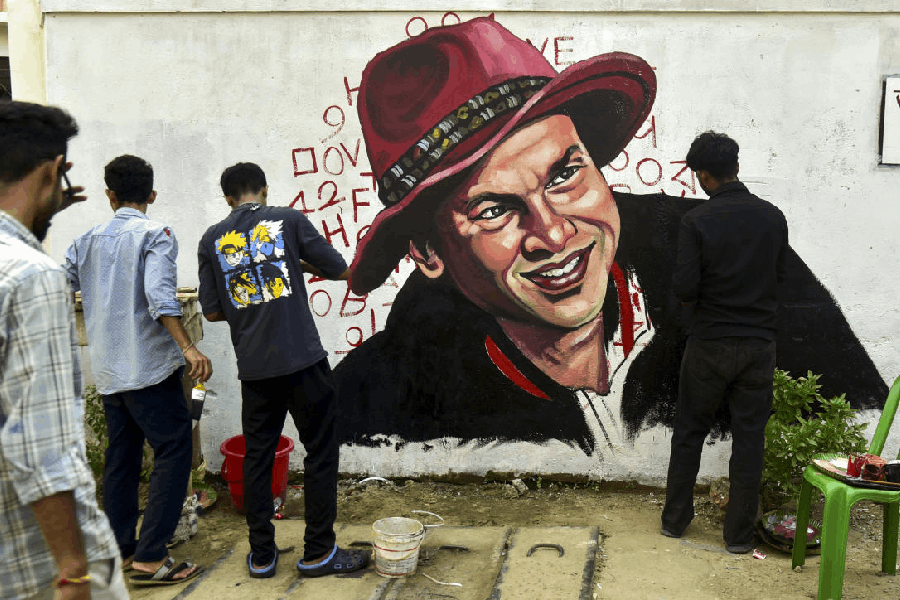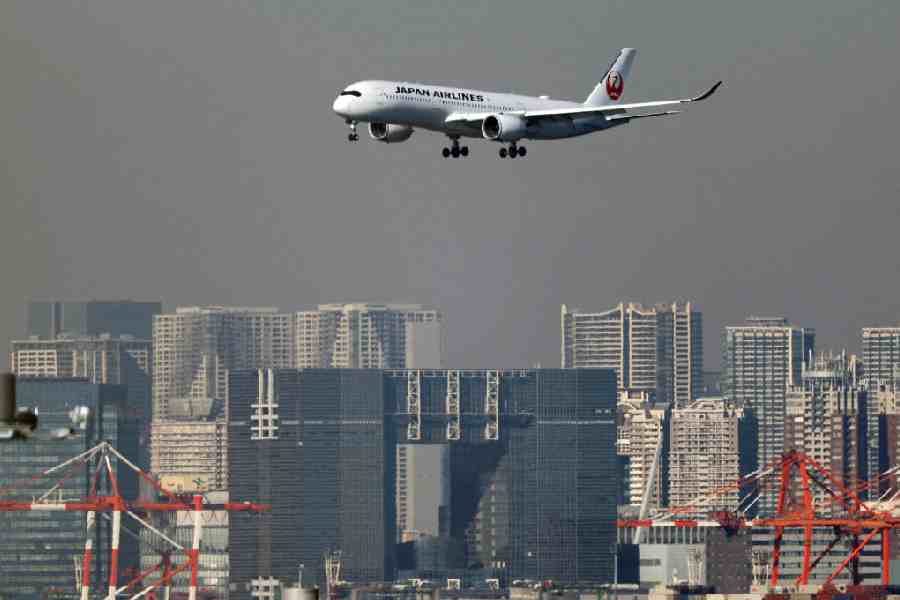Hundreds of Delhi residents gathered at Jantar Mantar on Tuesday, their anger rising with the city’s toxic air, as post-Diwali smog refused to lift and the Air Quality Index remained stuck in the “very poor” zone.
With the capital trapped under a grey blanket and pollution levels crossing 300 for days, protesters demanded immediate action to make the city breathable again.
Students from Jawaharlal Nehru University, Delhi University and Jamia Millia Islamia led the latest demonstrations, many wearing industrial-grade masks and carrying placards that captured the mood of a city gasping for relief.
“Delhi ICU mein hai, sarkar kahan hai?” read one. Another young protester held a sign asking whether plants were giving oxygen only for residents to “inhale poison”.
The capital woke up on Tuesday to a citywide AQI of 344, while four monitoring stations slid into the “severe” category, according to CPCB data. Protesters said the pollution had left daily life paralysed.
“The quality of life is finished in northern India… Our children are suffering,” one demonstrator said. “What will we do with a five-trillion-dollar economy if citizens cannot breathe?”
Some targeted the Delhi government, accusing it of deflecting blame and failing to tackle the roots of the crisis. “They ordered air purifiers for their offices so leaders can breathe clean air. What about common people?” said Shahid, one of the demonstrators.
A DU student, Anjali, recalled that during a protest at India Gate earlier this month, a group of women were detained and allegedly dropped off in Bawana late at night.
“We will not make peace with this situation. Clean air is our fundamental right,” she said, accusing authorities of manipulating AQI numbers and wasting funds on cloud-seeding experiments.
On November 9, parents and environmental activists staged a similar protest at India Gate before several were detained for demonstrating without police permission.
Even as anger simmered on the streets, the issue reached the Supreme Court, where a wellness expert sought urgent judicial intervention to address what he called a “persistent and systemic failure” in combating India’s worsening pollution.
The court, however, refused to entertain the fresh PIL, allowing petitioner Luke Coutinho to instead intervene in an ongoing case led by environmentalist M.C. Mehta. The main matter is scheduled for hearing on Wednesday.
Coutinho’s plea, filed on October 24, had sought to declare air pollution a national public health emergency, citing the National Clean Air Programme’s inability to meet its own targets.
As of July 2025, only 25 of 130 cities had achieved a 40 per cent reduction in PM10 levels from 2017; 25 cities had recorded an increase.
The plea also highlighted inadequate monitoring systems and claimed 2.2 million schoolchildren in Delhi had suffered irreversible lung damage.
Among its demands were statutory force for NCAP targets, immediate curbs on crop burning with farmer incentives, a phased exit from high-emitting vehicles and strengthening of public transport, alongside strict industrial emission norms and real-time public data disclosure.











